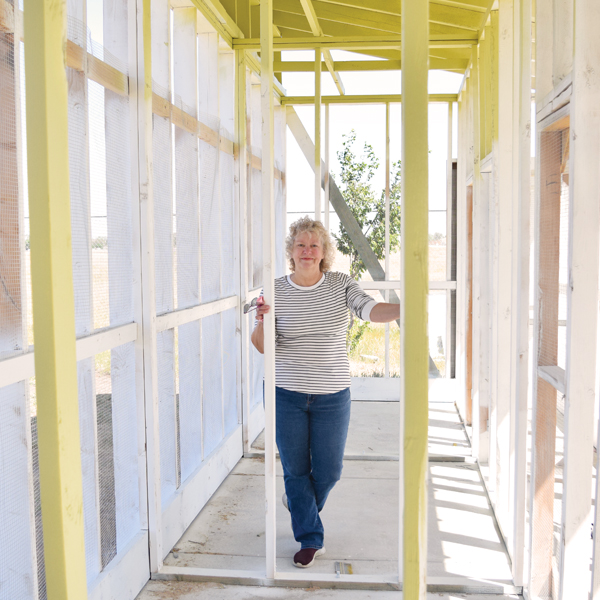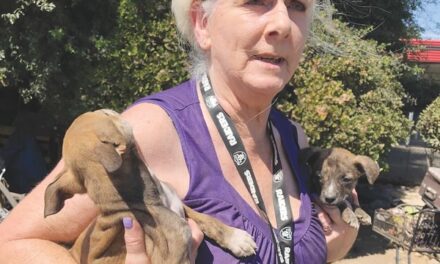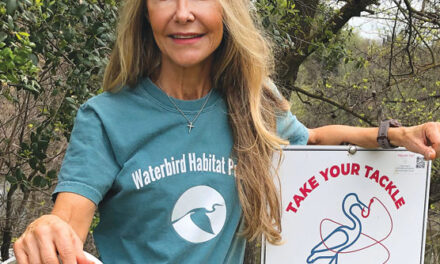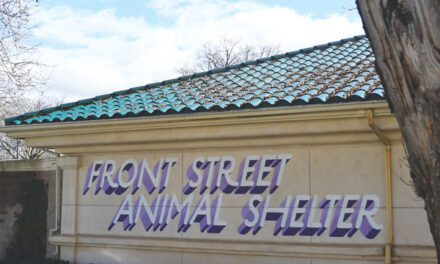It was one of those January storms everyone talks about the next day. The National Weather Service reported gusts of 60 mph. Trees toppled. Thousands lost power. Structures collapsed.
The barn-size aviary flight cage at Sacramento’s Wildlife Care Association turned into a pile of rubble—only weeks from the nonprofit’s busiest season, when abandoned and injured baby birds must learn to fly.

“It’s a crucial part of rehabbing thousands of birds to test fly their readiness to be released back to the community,” Rick Reed with WCA says. “Last year, we had a record number of 6,700 critters, most of the feathered type.”
The estimated cost to replace the flight cage: $20,000. “With the busy season just weeks away, it’s a critical need and a huge unexpected hit,” Reed adds.
WCA volunteers took to social media and personal networking to secure material and monetary donations, skilled trades people and a local contractor to rebuild the much-needed flight cage.
“Wells Construction from Roseville and Homewood supply in Rocklin donated time and materials to make this possible,” Reed says. “Community donations supported the additional costs in putting up this building in a single day.”
Volunteer workers from Wells Construction removed the demolished building in early April and completed the new wood-frame, all-weather structure the following day.
“We’re doing it a little differently,” Jim Brown, project lead with Wells Construction, notes. “We’re rebuilding an aviary with five compartments instead of the one large compartment.”
The 40-foot-long structure is comprised of five 8-foot by 7-foot cages—each 10 feet high—with one long 3-foot-wide “caregiver corridor” for volunteers to safely access the enclosures. “This construction gives us five spaces instead of one, allowing for more species separation, and will be much less vulnerable to wind damage,” Reed says.
Homewood Lumber “has been very helpful in getting us lumber when nobody else could,” Brown says. “We’re also changing the roofing to be a little more weather proof and long-term.”
“We’ll use the enclosures for all kinds of songbirds, robins, sparrows, house finches, morning doves, pigeons,” WCA volunteer Terri Muzik explains. “It’s not quite large enough for crows—that will be our next build.”
In the coming months, the organization hopes to add several more flight cages for bigger birds such as raptors.
WCA was established more than 40 years ago, led by prominent naturalists including Effie Yeaw and William B. Pond. Today, the volunteer-based organization rescues and rehabilitates more than 6,000 sick, orphaned and injured wild animals each year.
Members of the community and public agencies drop off songbirds, raptors, bats, rabbits, opossums, squirrels, raccoons, reptiles and other wildlife at the WCA facility on Patrol Road at McClellan Park. Volunteers, staff and local veterinarians provide medical care and rehabilitation. Once the animals have recovered, or have matured and learned to hunt and fend for themselves, they are released back into the wild.
The new flight cage “comes in the nick of time as our babies are getting ready to fly,” Reed says. “This will give them, and rehabbed and injured wildlife, a place to soar before being returned to the communities of our region.”
For information on donating, volunteering or helping wildlife, visit wildlifecareassocation.com.
Cathryn Rakich can be reached at crakich@surewest.net. Follow us on Facebook, Twitter and Instagram: @insidesacramento.
















